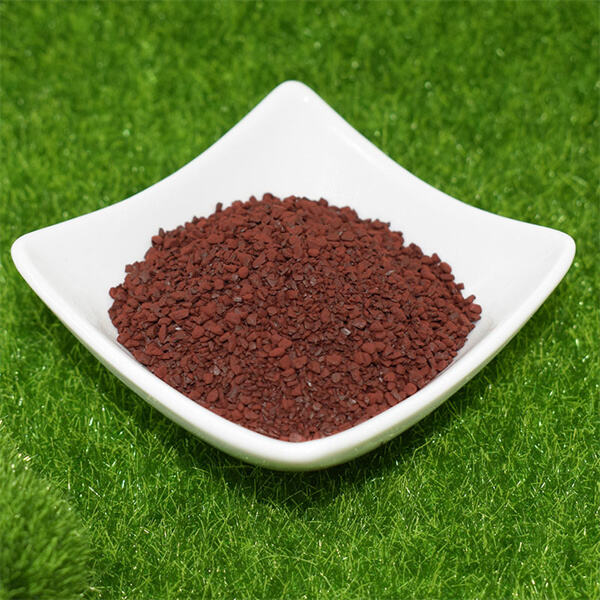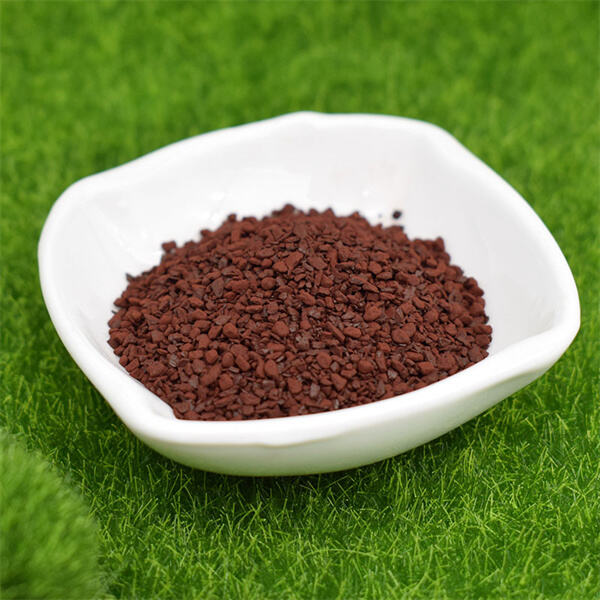Plants require certain nutrients to grow healthy and strong, just as we must eat fruits and vegetables to maintain our strength. One of the essential nutrients for plants is iron. Iron is what helps plants produce a green pigment (chlorophyll) that gives plants their green color. Chlorophyll acts as a food factory for plants — it helps them convert sunlight into energy through a process plants use to make food called photosynthesis.
Occasionally, the soil in which plants grow lacks an adequate amount of iron for them to produce an abundance of chlorophyll. When this occurs, plants can appear weak and pale, and they may not grow well. Here is where Fe fertilizer comes into play! Fe fertilizer is a special sort of plant food, with a ton of iron. Soil Iron If you add Fe fertilizer to the soil, and do this at the right time, it can help your plants to take as much iron as they need to produce plenty of chlorophyll and grow well and strong.

Fe fertilizer uses in garden can offer a way to provide the supplemental iron your plants need. It raises iron levels in the soil, and promotes healthy roots on plants. If plants have more iron from the Fe fertilizer, then they can manufacture a lot of the chlorophyll hormone with means they can finally produce more less and energy. Seeding with a grub meal such as Milky Spore will help strengthen your plants and keep them naturally green while being more resistant to diseases and pests.

Bear in mind a few tips when selecting an Fe fertilizer for your garden. For starters, Take a look at the label to see how much iron is in the Fe fertilizer bag. It should be noted that different plants require different quantities of Fe so choose an Fe fertilizer that’s appropriate for your plants. Second, consider the type of Fe fertilizer – it comes in a liquid form or granular. Select the form that best suits your gardening.

In order to use Fe fertilizer to its maximum potential, it’s critical to use it properly. The best results are achieved by following the directions on the Fe fertilizer label. Just be sure to apply it evenly across your garden, and water it in well so the plants take up the iron. In addition, monitor your soil at regular intervals to determine iron levels and whether you need to adjust your use of Fe fertilizer. In this way, you can facilitate your plants receiving the iron they need to grow up to be big and produce plenty of crops.